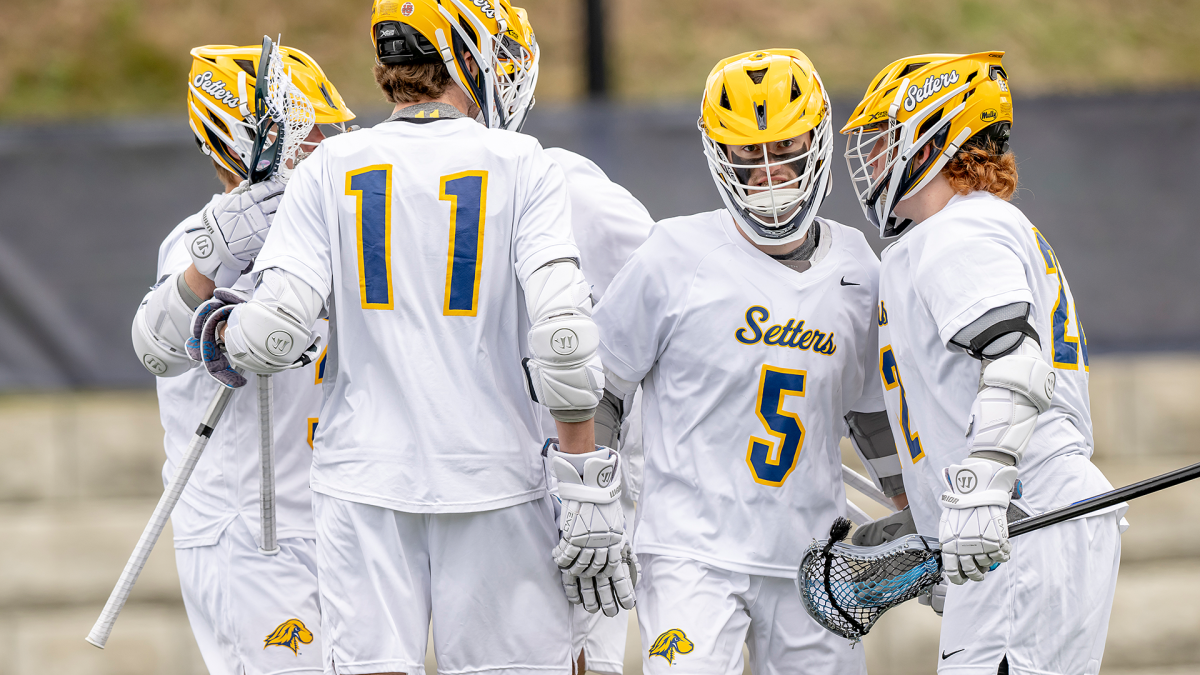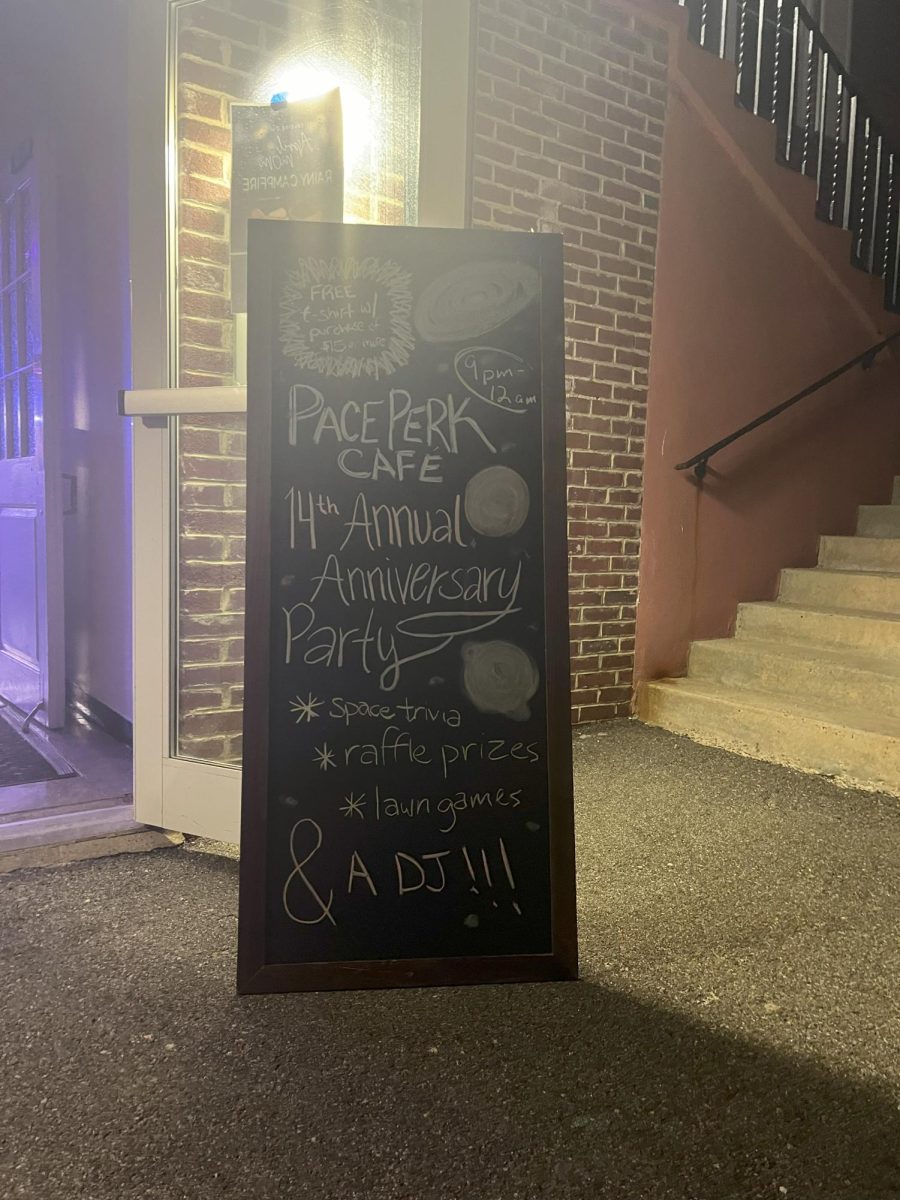
Autism. We have all heard of it. Some of us have family members that have been diagnosed, others have volunteered to help support the cause, and there are many who are even getting their degrees here at Pace to work with children who are affected by it. Many elementary schools are now integrating classrooms, mixing children that are autistic or suffering from other disabilities with all other children.
Junior education major Kristen Derosa said, “I love that the classrooms are now combined because along with giving the kids with disabilities a chance at normalcy, it also teaches the other children that being different is okay, and to have patience and compassion for their classmates.”
Derosa continued, “Before the integrated classrooms, many of the students never understood or knew someone with autism and now they are friends with them.”
For those of us who are like the elementary school kids in that we never knew about it before, what exactly is autism?
The definition of autism on the Autism Research Foundation website says, “Autism is a developmental disorder that is defined by behaviors including impaired social interaction, delayed and disordered language, and having isolated areas of interest.”
This isn’t a rare disorder either. Autism is one of the fastest growing developmental disabilities in the United States affecting one in every 88 kids. From that percentage, one in every 54 boys and one in every 252 girls are diagnosed with autism. Here in the United States alone, the Autism Speaks Foundation holds over 95 walks per year in various cities all over the country.
Autism Spectrum Disorder (ASD) can be a very general term for a group of many brain development disorders. This spectrum includes Rhett syndrome, childhood disintegrative disorder, pervasive developmental disorder (PDD) and Asperger’s syndrome. All those who suffer from autism are not the same; they can be very different based on how severe their disorder is and what areas of their lives it affects.
“I work with a child who is autistic but it isn’t very severe,” Derosa said. “He is only nine years old and the only real difficulties he seems to have are with his social skills and staying on task with subjects.” She continued, “However, there is a small group of kids in the class that he feels comfortable with and they help him when they see he is having trouble.”
Many of those in the autism spectrum have excelled in areas such as music, visual, and academic skills. About 40 percent have average to above average intellectual abilities. Those that suffer from a more severe form of the disorder are unable to live independently and about 25 percent of those with ASD cannot speak but learn to communicate their wants and needs in other ways.
Senior English and communications major Heather Askildsen said, “Having a sibling with autism has made me who I am today; autistic children see the world in such a unique way that it makes you question very basic things about life and society.”
Askilden continued, “You have to answer questions like: what does ‘why’ mean. How do you answer that? It took a long time for my brother to understand the concept of ‘why.’ He does now. I’m not sure how my family and I managed to teach that, but we did somehow. You have to have a lot of patience and maintain a sense of humor about it, I guess. But still be determined. That is something my brother taught me that has really helped me in life.”
So where does it come from?
Back when doctors were first beginning to study the disorder, they believed that the cause was faulty parenting. But through the years that hypothesis was proven to be incorrect. Doctors have now found that autism begins to develop before birth and that genetics, as well as environmental factors, play a role.
Just like there is no one type of autism, doctors know that there isn’t just one cause of it either.
Over the past several years, researchers have found that there are many rare genetic mutations that can be associated with autism; a small amount of these are what cause autism but in the majority of cases, it is a combination of these genetic mutations as well as outside factors that can influence a babies brain when they are first developing. Some of these outside factors are the age of both the mom and the dad at the time of conception, any maternal illnesses while the woman is pregnant, and difficulties that can happen during birth (mainly those that involve cutting off oxygen to the baby). However, these outside factors do not cause autism on their own, they just increase the risk of those that are already at risk from genetic factors.
Is there a cure? Sadly, as of today, the answer is no. However, with the help of dedicated doctors, family members, researchers, and volunteers, there is always hope in the future.
Askildsen said, “I think that the most important thing that people need to understand about those on the autistic spectrum is that they are not trying to be rude or insensitive. They just don’t pick up on the same social cues as you and I,” She continued, “In a sense, people need to get over themselves. Not everyone is the same. It’s time society began to accept those who view the world differently.”
Want to help support this cause: go to www.walknowforautismspeaks.org



